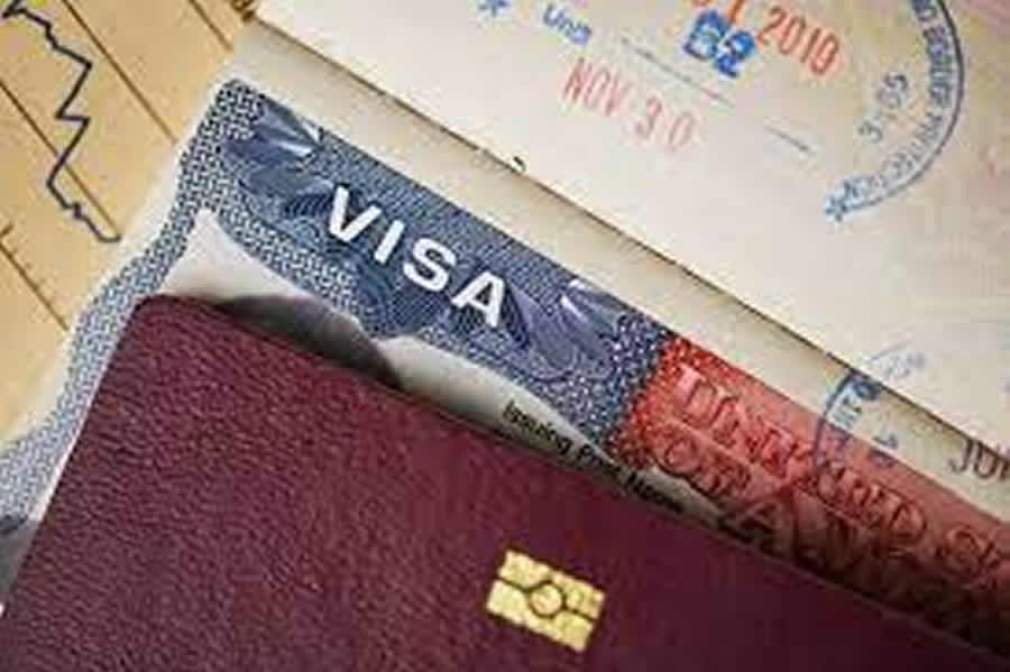Exchange specialist Arleth Bandera offers valuable tips to make the stay process easier. Check!
The number of Brazilians living the so-called “American dream” continues to grow. According to Itamaraty data, more than one million Brazilians live in the United States, including 300,000 in Florida. Major concentrations are in Florida, Massachusetts, New York, California, New Jersey, Connecticut, and Georgia.
The United States, with the highest GDP in the world, attracts Brazilians for the most diverse reasons, a first world country, better quality of life, opportunities. Exchange specialist and Eagle CEO Arleth Bandera explains that moving to the United States requires strategy, planning and often patience, as the process can take some time.
“Having a formal job offer with a company in the United States or a university is the most common way to grant tenure. But there are exceptions, of course.”
Before that, the CEO of Eagle warns that it is important to know what are the differences between a visa and a green card. The visa is an entry permit that is valid for a certain period and is only legitimate for the activities documented on it. There are specific visas for celebrities, students, athletes. The green card, on the other hand, is the granting of the right to live legally in the United States for an indefinite period, with the ability to work in any capacity except those that require US citizenship.
In addition to the types of visas we have already mentioned, did you know that there are specific visas for those who want to do business in the United States? The foreign exchange specialist explains that the visa most used by companies that expand their activities in the United States is the L-1. In this category, only employees who have been with the company for more than one year can be moved to provide services in the United States.
“Another aspect that deserves a little more attention is tax residency. Those who hold a green card or have been in the United States for at least 31 days in the current year and 183 days in the previous three years are considered tax residents. They must declare income tax and pay taxes in the United States. In certain types of visa, the expatriate is exempt from this count, as in the case of the F-1”, concludes Bandera.
Want to know more about exchange programs, green cards and migration processes?
About: Eagle Interchange is a startup located in Silicon Valley (California), being the first exchange agency entirely carried out by Brazilians in the region. With customers from different locations, the physical presence of the Eagle team in the United States and the partnership with Canadian schools, allows the company to provide real-time support to its students, understanding and identifying the needs of each of them. In this way, the startup is part of a select group of agencies, with one of the highest visa approval rates for Brazilian students, taking in its trajectory to date more than 2000 Brazilian students trained by Eagle.

“Typical zombieaholic. General twitter fanatic. Food fanatic. Gamer. Unapologetic analyst.”






